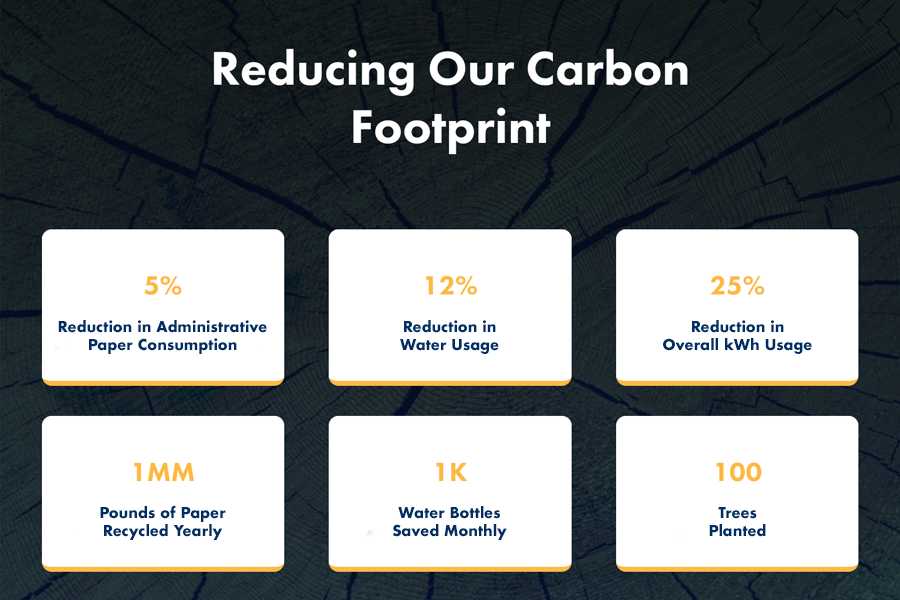What do the USO, Smile Train, American Cancer Society and many other large (and small) non-profits have in common?
It’s not just that they provide life-changing services or that they are household names.
Another important commonality is that they also all send direct mail. Why? Because even in this increasingly digital world, it is still an effective way to raise money.
And while it takes more than five tips to create a successful DM fundraising program, these are a good place to start:
- Tell a story. People have been telling stories since the beginning of time for a reason: a good story draws us in and causes an emotional reaction. More importantly, a good story makes us act, and in the fundraising world, action means raising more money for your cause. It means more lives saved, more mouths fed—so it’s your duty to tell a great story. Stories that depict who you help, how you help, and what your organization has been able to accomplish thanks to donor support are crucial. Donors give to the “why” far more generously than to the “what.”
- Thank your donors, and thank them often. Every time they give, in fact. After all, your donors are the lifeblood of everything your non-profit does, and they deserve to be recognized for that. Your donors may be giving out of the goodness of their hearts…but they still want to know how they helped solve a problem, and they want to know that you recognize that they gave their hard-earned money to help fulfill a need. Thank them for the specific amount they gave, tell them what you were able to do with the money, and include a soft ask.
- Clearly state what you want your donors to do. If you want your donor to give $100 to help you dig a new water well in a developing country, ask for $100. If you want her to consider becoming a monthly donor, ask her to become a monthly donor. Direct mail fundraising is no place to be timid; if the need isn’t clearly stated, you’ll never fulfill it.
- Use as much space as you need. Some of your letters will be short, some long. Don’t feel like you need to cram everything into a one-page letter; likewise, don’t feel like you need to stretch to fill a four-page letter when your message really needs to be one. The point is to take as much space as you need to get your message across. Building an emotional case for giving is often crucial for inspiring donors to act, so if you need four pages to tell the story of an orphan girl whose life was saved because of your donors’ support—take the four pages.
- Encourage your donors to up the ante. An easy way to do this is to use giving history to personalize each and every reply form. Implement an upgrade table that increases average gift—for example:
Ask1= Average Gift (AG)
Ask2= AG x 1.5
Ask3= AG x 2
In real numbers, your reply form would look something like this, assuming an Average Gift of $25:
Yes, Non-Profit! I want to help save lives! Enclosed is my gift of:
[ ] $25 [ ] $38 [ ] $50 [ ] $ ______ any amount will help!
By using giving history, you’ll not only increase the individual average gift, but the average gift of your entire donor file over time.
Like all direct mail, direct mail fundraising is a science and should be approached as such. So whether you’re a large non-profit, a small non-profit, or somewhere in between, these tips will give you a good head start on a program that works.
Want more fundraising tips? Contact our Strategic Marketing Services team today by calling 603-626-5800 or emailing info@polarisdirect.net.
About the author: Melanie Gray is Creative Supervisor/Copywriter at Polaris Direct, a nationally acclaimed high-volume direct marketing services company in Hooksett, NH.




